| Content | The Radial J+4 is a stereo interface designed to accept unbalanced low output level devices such as instruments, computers or CD players and boost the signal to a balanced +4dB level for easy manipulation in professional environments such as broadcast, recording studios and live touring.
The design begins with 100% discrete components for optimal signal transfer. Careful attention has been paid to eliminate noise by combining the advantages of active signal buffering with transformer isolation. The J+4 delivers better than 95dB signal to noise while ensuring hum and buzz caused by ground loops along with spurious noise from clocking does not pollute the signal path. For ease of use, controls have been kept to a minimum. This includes a stereo level control, a high pass (low cut) filter and ground lift. The choice of input connectors include a stacked set of ¼`` jacks for DJ mixers or keyboards, RCAs for CD players and a mini 3.5mm for iPods.
As with all Radial products, the Radial J+4 is built tough to handle the extreme rigors of professional touring. A unique 14-gauge steel I-beam inner frame ensures the sensitive PC board will not be subjected to outside stress which could potentially cause solder joints to fail. An innovative book-end outer shell creates protective zones around the controls, switches and connectors to further improve dependability while a full bottom no-slip pad provides both mechanical and electrical isolation.
The Radial J+4 balanced line driver delivers exceptional sonic performance, plenty of headroom and ultra low noise making it the ideal companion for today's more demanding professional audio systems. | Radial X-Amp Active Reamper
- Active Reamp® with two outputs
- 100% discrete class-A signal path
- Transformer isolated to eliminate noise
- Variable 'set & forget' level control
The Radial X-Amp is an active Reamper™ that allows the engineer to play a pre-recorded track back through guitar amplifiers and pedals. This opens the door to explore new musical sounds and spur on the creative process so that your recording stands out.
Using the X-Amp is easy: start by recording a dry track using a high quality direct box like the Radial J48. Send the new track from your recorder via the X-Amp to your guitar amps, effect pedals or combinations thereof. Once the basic track has been recorded, replacing or adding tracks can be done well after the session player has gone home. This eliminates tiresome repetition and assures a fresh vibrant performance on the final recording. Furthermore, by driving two amps at the same time, new sounds and textures can be created while allowing you to make artistic decisions as the recording progresses.
Following the critically acclaimed Radial JD7 Injector, the X-Amp employs a unique class-A circuit design that has been optimized for use with guitars. Features include balanced line level input with LED peak indicator and level control, class-A circuit topology for optimal reach and frequency response, a transformer isolated output to eliminate hum and buzz caused by ground loops, a 180º polarity reverse switch to bring both amps into phase, and a dual ground lift switch for noise-free operation.
As with all Radial products, the X-Amp is built like a tank to provide years of trouble-free performance. An internal I-beam skeleton provides maximum protection against external stress which could cause solder points to fail. This is supplemented with an innovative bookend design that creates a protective zone around the switches, potentiometer and connectors. A full bottom no-slip pad performs double duty by keeping the X-Amp from sliding around when placed on a vibrating amplifier while also providing electrical and mechanical isolation. Reamping works equally well on bass, keyboards, drums and voice. Once you start Reamping, you will never record any other way.
The Radial X-Amp… the active Reamp® for professional recording engineers. | The product that started it all for Empirical Labs. Born of founder Dave Derr’s love of classic compressors like the 1176, LA-2A and Gain Brain (among others), the Distressor incorporates his favorite sonic characteristics of these, along with other unique and interesting features that have made it a staple for audio engineers all over the world. With over 28,000 units in the field, it’s safe to say that the Distressor is one of the best selling high end compressors of all time… if not THE best selling. A prominent recording engineer recently wagered that there probably was not a top 40 record made in the last five years that didn’t have at least one Distressor on it.
Besides providing a wide range of control and a unique feature set, the Distressor offers a warm, vintage sound by using a custom designed gain control circuit. This “warmth” or “vintage sound” has become a major issue in the last few decades, as the super clear and linear digital technology does next to nothing to soften “harsh” sounds, nor emphasize the bass frequencies in music sources. Conversely, older analog tape, vinyl records and tube equipment could not be prevented from coloring the sound, often to the frustration of recording engineers. However, many people now realize that this coloring can be extremely pleasant and musical. Digital technology is often referred to as “cold” and “brittle” among other terms (although we prefer “unforgiving”).
Unique Compression Curves
All eight of the Distressor’s curves are unique and distinctive, from the 1:1 mode that simply warms up signal with low order harmonics without intentional compression, to the “Nuke” setting – a brick wall limiting curve that shines on live drum room mics. Each curve has its own personality and several actually use different circuitry, and are effectively different compressors. Most exceptional is the 10:1 “Opto” ratio which uses separate detector circuitry to emulate the oldest (and valued) “light controlled” devices, such as the LA-2A.
Distortion (Color) Modes
Another large part of the Distressor’s personality and power derive from three modes that color the signal, even without compression. These extended audio modes were designed to allow emulation of some very old and expensive vintage compressors & limiters, and let the Distressor deliver a classic “knee” sound all its own by providing user programmable, warm harmonic distortion. In addition to the basic distortion mode, Distort 2 emphasizes tube-like 2nd order harmonics, while in Distort 3 setting the distortion becomes dominated by 3rd harmonics more closely resembling tape. Two HP filters – one in the audio path, one in the detector path – are also available to help with low frequencies that can cause pumping and breathing.
Go Stereo
For many Distressor owners, one is never enough – in fact, one extremely successful engineer has twelve of them! For those who want (at least) a stereo pair, ELI offers the EL8-S, a pair of Distressors that are matched at the factory, and come with the cables you need to lock them together.
- Frequency Response – 2 Hz to 160 kHz in clean audio mode (+0, -3 dB). Response is shaped in distortion modes (Dist 2, Dist 3).
- Dynamic Range – 110 dB from max. output to min. output in 1:1 mode. Greater than 100 dB signal to noise in distort 3 mode.
- Distortion – ranges between .02% and 20% depending on distortion mode and release times set on front panel.
- I/O – DC Coupled input and outputs.
- Time Constants – Attack range 50uS – 50mS. Release range .05 sec to 3.5 seconds, normal modes and up to 20 seconds in 10:1 opto mode. Time constants are dependent on ratio.
- Power Consumption – 15 Watts Max.
- Metal Chassis – single height 1.75″ high, 10″ deep, 19″ wide.
- Shipping info – 24.2 lbs Stereo pair. Stereo Pair box dimensions 22.5″ x 18.5″ x 6 1/4.
| Effective against boredom, supporting creative sound design
A unique team play of spring reverberation, analogue multimode filtering, distortion and VCA, modulated by an ultra fast LFO and an envelope that can be triggered in flexible ways – Retroverb Lancet offers a comprehensive arsenal of many-sided effects for different applications. The spectrum by far surpasses classic reverberation, filter sweeps or overdrive because you are able to tweak and bend any parameter fast and intuitively to your liking.
Retroverb Lancet will change the way you work with effects. It becomes part of your sound engine, fires it up and will end up as essential part of your sonic signature.
Source of effectiveness
We designed Retroverb Lancet in a way that it can perfectly handle signals of any kind: Guitars, basses, synthesizers, organs or microphones. On top of that, Retroverb Lancet allows you to create percussive sounds using its crash function.
Retroverb Lancet is a real jack of all trades with character, suited for adventurous sound designers and tinkerers.
Audio Input
- max. input sensitivity: –32 dBu
- impedance: 1 MΩ
Output
- max. output level: 20 dBu
- impedance: 600 Ω
Trigger- and CV-inputs
- audio trigger
- max. input sensitivity: –32 dBu
- impedance: 1 MΩ
- gate & CRASH
- external cv
Signal-to-Noise Ratio
- direct: > 80 dB
- effect (filter completely open, no reverb): > 75 dB
Spring Tank
- number of springs: 3
- reverbration decay: between 2.75 db and 4.00 s
Filter
- modes: 24-db-lowpass, 24-db-highpass, 12-db-bandpass
- modulations sources: envelope generator, envelope follower, external CV, LFO
LFO
- frequency range: 0.05 Hz … 300 Hz
- waveforms: ramp up, ramp down, square, sine, S&H, envelope generator
Envelope Generator
- modes: AD, ASR
- attack: 1 ms … 10 s
- decay/release: 1 ms … 15 s
Miscellaneous
- power supply: external DC-adapter with 12 V/1000 mA
- dimensions: 26 cm x 14.5 cm x 8 cm (width x depth x height)
- weight: 0.75 kg
Accessories
| Rupert Neve Designs Portico 542 500 Series Tape FX Standard
FEATURES
- Add depth and character to your sound
- Control the mix of pre and post tape signals
- Send signals through "True Tape" circuitry
- Silk circuit, reduces negative feedback, adding harmonic content as needed
- Red Silk accentuates the saturation in the mid and high frequencies
- Use soft clip to tame overly transient material like drums
- Provides +/- 12dB adjustment of level on incoming signal levels
TECHNICAL SPECIFICATION
Rupert Neve Designs Portico 542 500 Series Tape FX
- Line Amp Specifications (Measurements with tape circuit disengaged)
- Noise: Measured at Main Output, un-weighted, 20Hz-22kHz, Input Terminated 40 Ohms.
- Unity Gain Better than -100dBu
- Frequency Response
- Measured at +10dBu, trim at unity.
- Main Output +/- 0.25dB from 5Hz to 60Khz -2dB @ 120KHz
- Maximum Output Level 23.25dBu
- Total Harmonic Distortion and Noise:
- @ 1kHz, +20dBu output level Better than 0.0025% @ 20Hz, +20dBu output level 0.07% Typical (2nd and 3rd harmonic)
- Tape FX Specifications
- Noise:
- Measured at Main Output, un-weighted, 20Hz-22kHz, Input Terminated 40 Ohms.
- Saturation @ minimum Better than -100dBu Saturation @ maximum Better than -100dBu
- Frequency Response:
- 15 IPS, Input @ -0 dBu -3dBu @ 28kHz Saturation @ minimum 0dBu @ 10Hz +5dBu Peak @ 60Hz
- Saturation @ maximum -3dBu @ 20kHz -3dBu @ 12.5Hz +2.4dBu Peak @ 60Hz
- 30 IPS, Input @ -0 dBu -3dBu @ 120kHz Saturation @ minimum -3dBu @ 10Hz +3.15dBu Peak @ 125Hz
- Saturation @ maximum -3dBu @ 100kHz -3dBu @ 12.5Hz
- +1.3dBu Peak @ 110Hz
- Total Harmonic Distortion and Noise
- Refer to sweeps on page10 15 IPS, Input @ -0 dBu 0.4% @ 3kHz to 1% @ 175Hz typical
- Saturation @ minimum Greater than 1% below 175Hz typical
- Saturation @ maximum 1% at 6kHz typical 0.3% @ 1kHz to 3% @ 50Hz typical
- 30 IPS, Input @ -0 dBu 1% at 1kHz typical
- Saturation @ minimum 0.6% @ 400Hz 5% @ 20Hz typical
- Saturation @ maximum 1.5% @ 20kHz to 0.4% @ 1kHz typical 0.4% @ 1kHz to 2 %@ 50Hz typical
- Power requirements:
- Supplied by 500 series rack with 110-125 mA @ +/- 16V DC
| Firmly rooted in six decades of console design experience, the 5057 Orbit gives your mixes the legendary tonality, power, and wide-open soundstage that only Rupert Neve’s class-A analog summing can provide. Coupled with Rupert’s famous custom audio transformers and Silk Red & Blue circuitry for variable harmonic saturation, the Orbit launches sterile in-the-box mixes to new heights of tone, depth and clarity – without compromising the recallable convenience and repeatability of your DAW-based workflow.
When you push a mix buss and output transformers towards saturation, the non-linear, musical harmonics that occur are what truly glue a recording together and bring it to life.
Rather than using an external summing solution that offers little more than an ultra-clean representation of the in-the-box experience, the Orbit provides the extraordinary richness, harmonic complexity and depth that only a Rupert Neve console can bring to your mixes.
The Orbit utilizes a highly custom output transformer configuration originally developed for the acclaimed Shelford Channel, which provides both a Main Output and a -6dB Output – the latter of which enables you to fully drive the Orbit to achieve more transformer harmonics without clipping the next device in the chain. This unique transformer drive is a hallmark of the sound of Rupert Neve throughout the years – and the sound of countless classic hit records.
Classic Sounds on Demand
Every mix demands its own treatment. In addition to the choice of outputs, the continuously variable Texture control with Silk Red and Silk Blue modes gives you complete control over the harmonic density and tonality of your mix – or lets you keep it utterly pristine and uncolored.
The Silk Red mode accentuates transformer saturation in the high and high-mid frequencies to amplify the vibrant midrange harmonics associated with Rupert’s vintage equipment, while Silk Blue accentuates saturation of the lows and low-mids to add thickness and weight to any source – especially useful for “thin-sounding” mixes. Unlike EQ, these Silk & Texture controls saturate the output transformers, and add highly musical harmonics to the source material according to the amount of Texture applied.
Drive the mix buss hard, choose your Silk flavor, and crank the Texture knob for a rich, saturated, vintage vibe – or disengage Silk entirely for clear, wide-open sonic beauty. The choice is yours.
Build your Dream
While the Orbit is an extremely effective tool on its own, multiple units can be combined through the Buss Link for a higher channel count. The 5057 Orbit can also be used as a building block in an expandable summing system utilizing the 5059 Satellite for flexible summing & routing, and the 5060 Centerpiece for additional mixing and monitoring features.
These units create the core of a world-class analog modular console system rivaling any traditional large-scale studio setup.
Channel Separation and Accuracy
With precisely fixed channel levels and accurate mix buss attenuation via high-quality stepped switching, the Orbit’s purist signal path has vanishingly low crosstalk, and channels matched to within +/-0.1dB. This provides your mixes with the widest and most accurate stereo image, the greatest depth, and the most direct signal path, allowing you to hear every single detail of your mixes.
DAW Based Recall without Compromise
Frequent recalls can be a challenge for modern mix engineers. The Orbit’s elegant simplicity and fixed level accuracy provides rapid, repeatable DAW-based recall from mix to mix, while adding the rich, unrivaled sound quality of Mr. Neve’s class-A transformer-coupled mix buss.
INPUT IMPEDANCE
16K Ohm
FREQUENCY RESPONSE
- 10 Hz to 50 kHz: +/- 0.1 dB
- 150 kHz: -3 dB
NOISE
- From 22 Hz - 22 kHz.
- -90 dBu typical
MAXIMUM INPUT LEVEL
@ 1 kHz: +26 dBu
MAXIMUM OUTPUT LEVEL
@ 1 kHz: +26 dBu
THD+N%
- From 22 Hz - 22 kHz.
- 0 dBu @ 1 kHz: 0.003%
- +20 dBu @ 1 kHz: 0.0006%
CROSSTALK
- 1 kHz: -103 dBu
- 10 kHz: -93 dBu
PRODUCT DIMENSIONS
19” W (48.3 cm) x 9” D (22.9 cm) x 1.75” H (4.4 cm)
SHIPPING DIMENSIONS
24” L (61 cm) x 13” W (33 cm) x 4” H (10.2 cm)
SHIPPING WEIGHT
10 lbs (4.5 kg) |

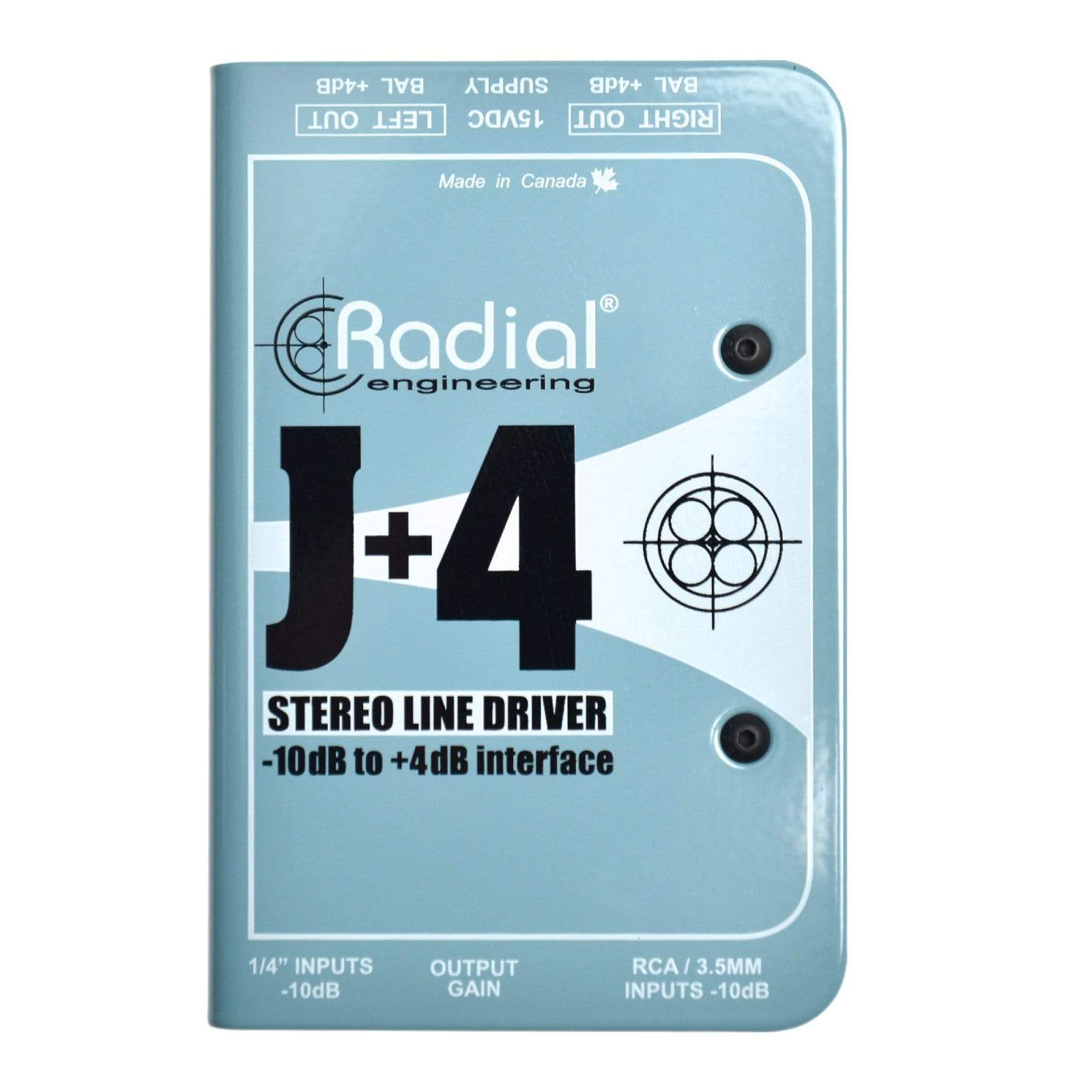
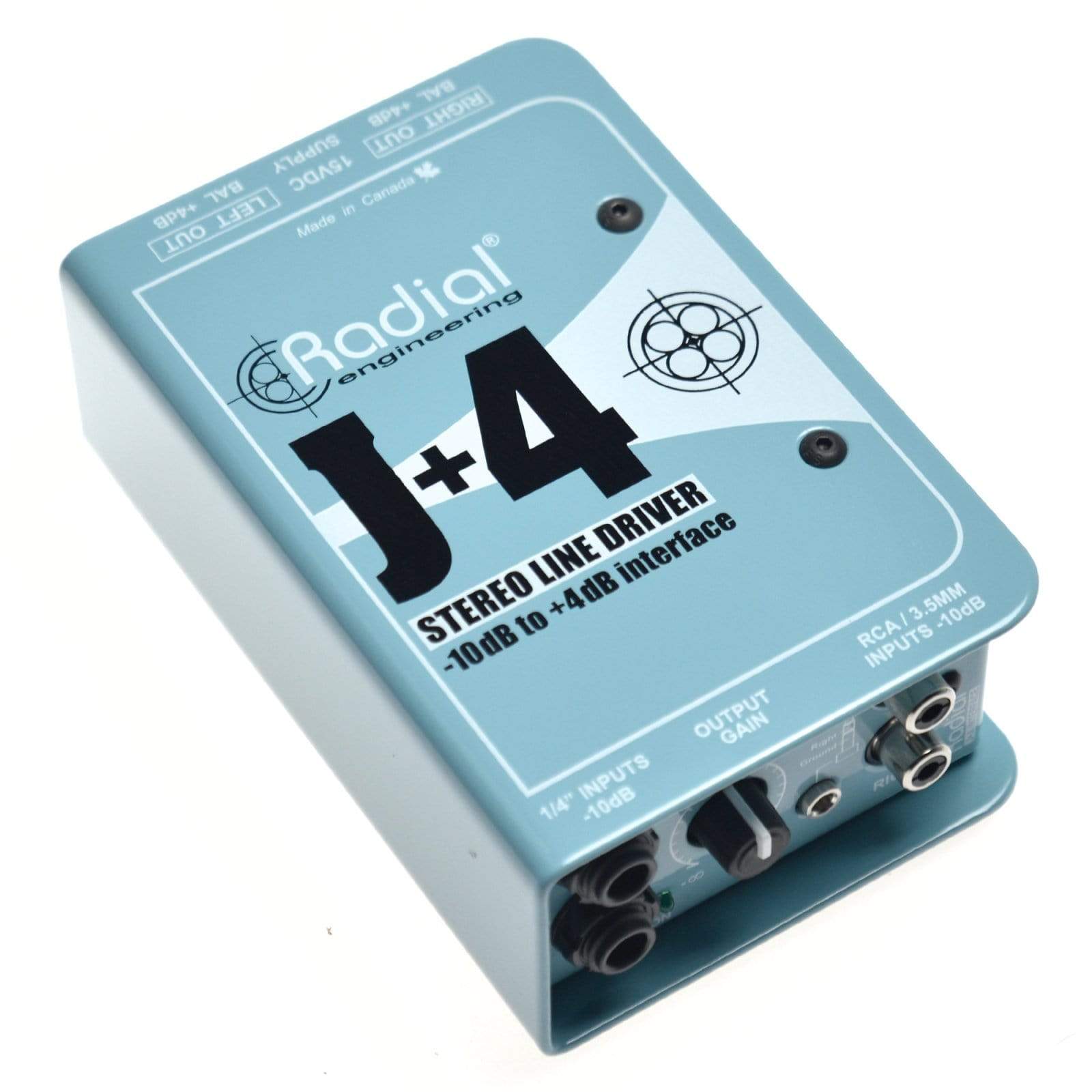
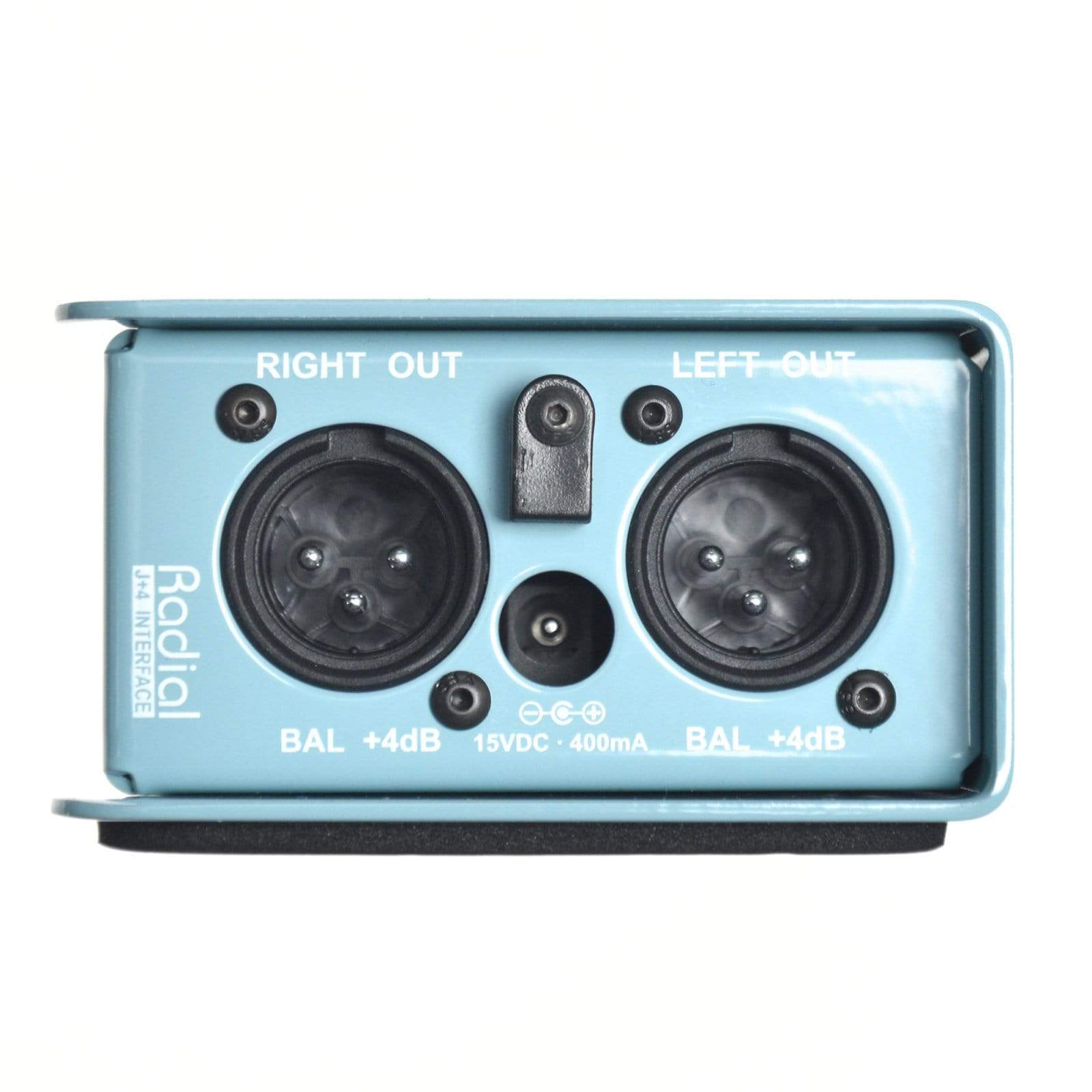
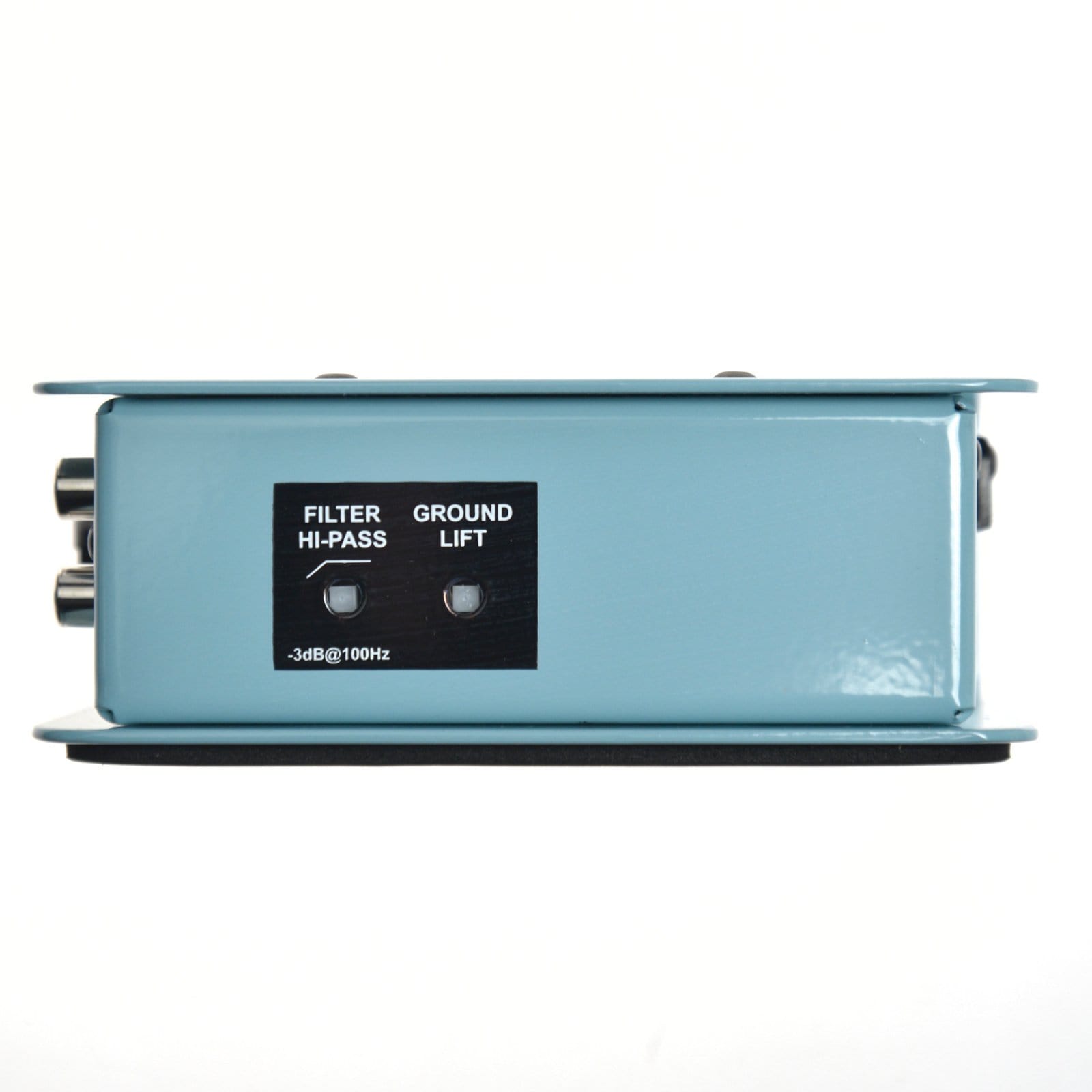
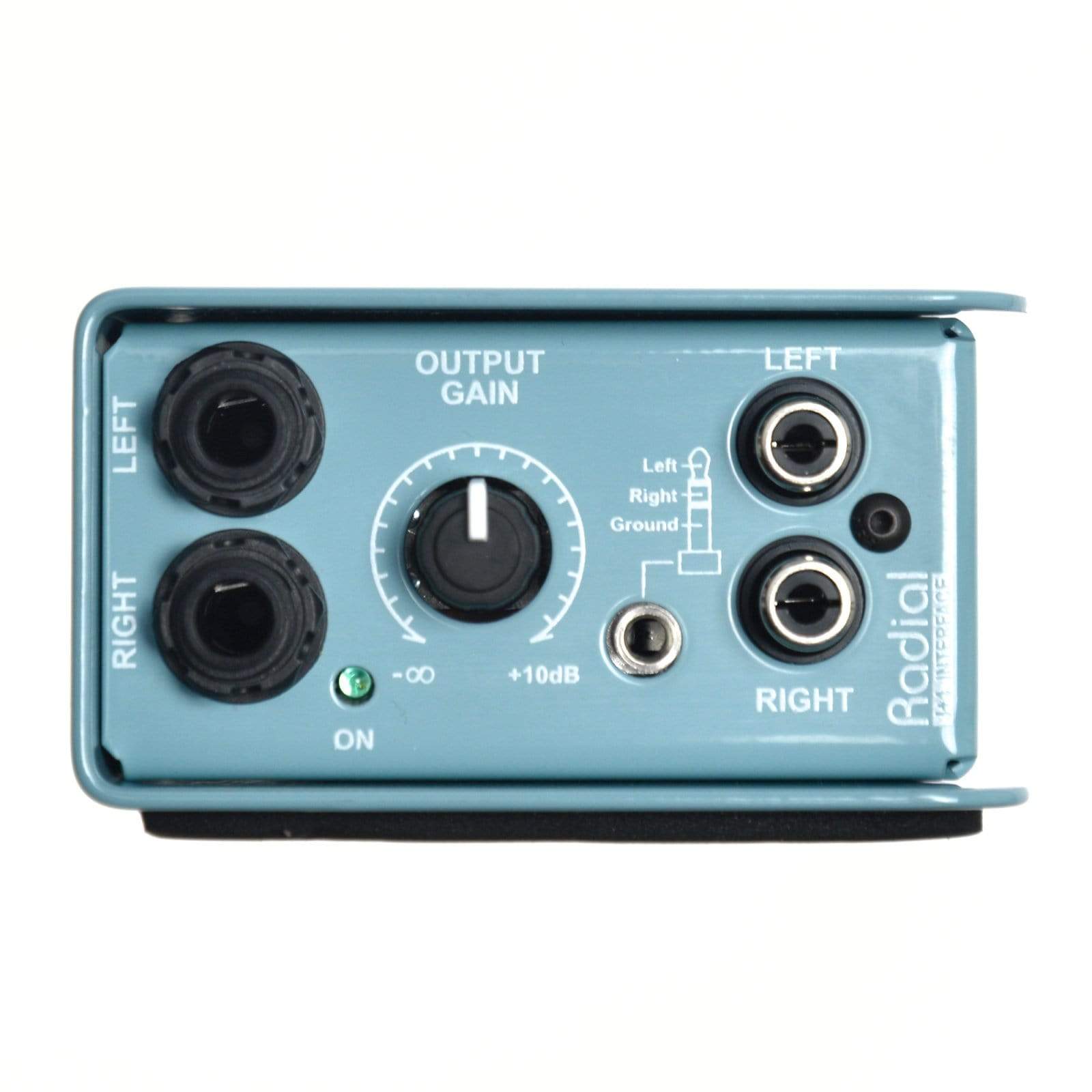
















Reviews
There are no reviews yet.